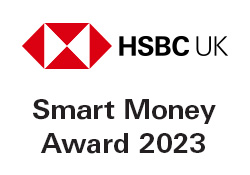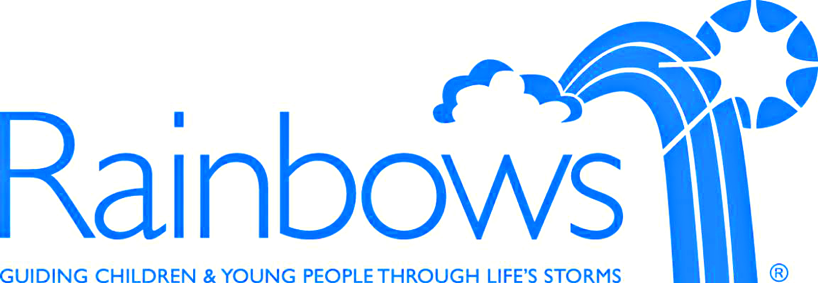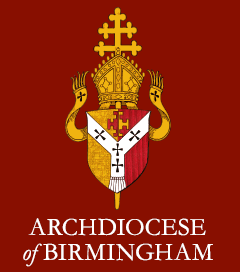History
Intent
Why do we teach this?
Historical knowledge of events, people and changes in the past have shaped our world today. At Our Lady’s, the intention of our History Curriculum is to give children the knowledge of events, people and actions of the past to help them shape their thinking for the future challenges of the modern world. By doing this, it is our intention that children gain a deep chronological understanding of significant events in British and world history.
Why do we teach it in the way that we do?
History is an investigative subject based on facts and evidence from the past. To be a historian, children need to acquire the skills of chronological understanding, historical investigation and historical interpretation to present, organise and communicate information about people and events from the past.
We use a range of teaching strategies to provoke thought, ask questions and to encourage children to discover answers to their own questions through exploration and research to enable them to gain a greater understanding and knowledge of the past.
Implementation
How do we implement our vision in our school?
We teach the aims of the Early Years Framework (2021) and the National Curriculum (2014) which provides a broad framework and outlines the knowledge and skills taught in each Key Stage.
What does it look like in our classrooms?
History is taught as part of a termly topic with children encouraged to deepen their knowledge and skills to use to answer the ‘Big Question.’ To ensure high standards of teaching and learning in history, teachers plan lessons for their class using our progression of knowledge and skills document. Teachers use this document to plan their history lessons suitable to their class’s interests and what they want to learn. The progression document ensures the curriculum is covered and the skills/knowledge taught is progressive from year to year in the following subject-specific areas:
- Chronological understanding
- Historical Enquiry
- Historical Interpretations
- Organisation and Communication
- Understanding of events, people and changes
History teaching focuses on enabling children to think as historians. A variety of teaching approaches are used based on the teacher’s judgement of the most successful way to impart knowledge into children’s long-term memory following the use of assessment for learning in every lesson.
Impact
By the time children leave Our Lady’s, our children are able to articulate and demonstrate that they have developed the historical knowledge, language and skills to help them understand the history of the United Kingdom and the wider world.
They demonstrate a good understanding of events, people and changes from the past, historical enquiry, chronological understanding and historical interpretations. They are able to make links between historical events and the world in which they now live. They successfully meet age-related expectations and progress to the next stage of their education as competent historians.
How do we monitor and review the impact of history at our school?
The history subject leader uses the following lines of enquiry to assess the impact of the history curriculum:
- The profile of historical people and events in Early Years topics.
- Opportunities for historical enquiry in the indoor and outdoor classroom environments in Early Years.
- History assessment data on Target Tracker (Years 1-6).
- Evidence of the profile of history around our school.
- Evidence of historical literature in the library, in classrooms and in Bookflix.
- Discussions with pupils and evaluations of their ability to think as historians.
- Discussions with teachers.
- Learning behaviour in the classrooms.
- Culture of history across the school.







